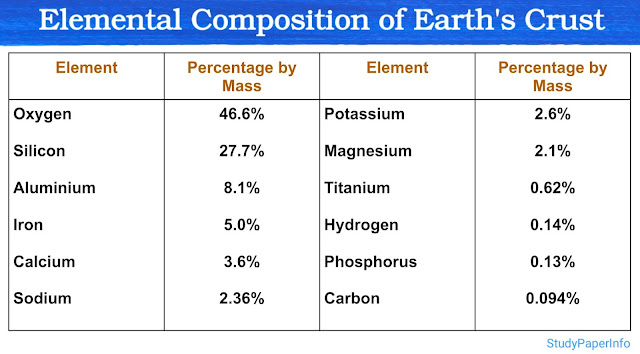What is the function of the nucleolus in the cell?
The nucleolus is a dense, spherical structure found inside the nucleus of eukaryotic cells. It is not surrounded by a membrane, yet it is one of the most prominent sub-nuclear structures visible under a microscope. The nucleolus plays a very important role in gene expression and cellular metabolism. Understanding its functions is essential because of its direct connection to protein synthesis, cell growth and cell cycle regulation.
Function of the Nucleolus
The primary function of the nucleolus is ribosome biogenesis, which involves the synthesis and assembly of ribosomal RNA (rRNA) and ribosomal proteins to form ribosomes. These ribosomes are essential for protein synthesis in the cell. Besides this primary role, the nucleolus also performs several additional functions that contribute to cellular processes like stress response, cell cycle regulation, and RNA modification.
Primary Function:
1. Ribosome Biogenesis:
The primary and most well-known function of the nucleolus is the synthesis of ribosomes. This process is called ribosome biogenesis. Ribosomes are the molecular machines responsible for protein synthesis, and without them, cells cannot produce proteins necessary for their structure and function.
Within the nucleolus, the ribosomal RNA (rRNA) genes located on nucleolar organizer regions (NORs) of specific chromosomes are actively transcribed by RNA polymerase I. This transcription produces a large precursor molecule of rRNA (45S pre-rRNA in humans), which is then processed and cleaved into smaller functional rRNA units (18S, 5.8S and 28S rRNAs). These rRNA molecules are then assembled together with ribosomal proteins, which are imported from the cytoplasm into the nucleus, to form immature ribosomal subunits. These subunits are later transported to the cytoplasm where they combine to form functional ribosomes.
Additional Functions:
Besides ribosome biogenesis, the nucleolus performs some additional roles as well:
1. Regulation of Cell Cycle and Stress Response:
The nucleolus plays an important role in sensing cellular stress and DNA damage. It interacts with tumor suppressor proteins such as p53. Under stress conditions, p53 is activated partly through nucleolar mechanisms, leading to cell cycle arrest or apoptosis. Thus, the nucleolus indirectly contributes to genome stability and cancer prevention.
2. Assembly of Signal Recognition Particles (SRPs):
The nucleolus is involved in the formation of SRPs, which are essential complexes that help in the proper targeting of proteins to the endoplasmic reticulum during translation. This is important in the secretory pathway of eukaryotic cells.
3. Modification of Small Nuclear RNAs (snRNAs):
The nucleolus also hosts small nucleolar RNAs (snoRNAs) and related proteins that modify snRNAs and rRNAs. These modifications include methylation and pseudouridylation, which are necessary for proper rRNA folding and function.
4. Storage and Maturation of Regulatory Molecules:
It serves as a temporary storage site for several nuclear proteins, such as those involved in DNA repair, transcription regulation and cell cycle control. Some proteins mature in the nucleolus before being transported to their final destination in the nucleus or cytoplasm.
5. Involvement in Aging and Senescence:
Recent studies suggest that changes in nucleolar size and activity are markers of cellular aging and senescence. An enlarged or fragmented nucleolus is often associated with aged or stressed cells.
6. Pathological Role in Diseases:
Nucleolar hypertrophy (enlargement) is frequently observed in cancer cells and is used as a diagnostic marker. Disruptions in nucleolar structure or function are also linked to neurodegenerative diseases like Alzheimer's and Parkinson's disease.



Comments
Post a Comment